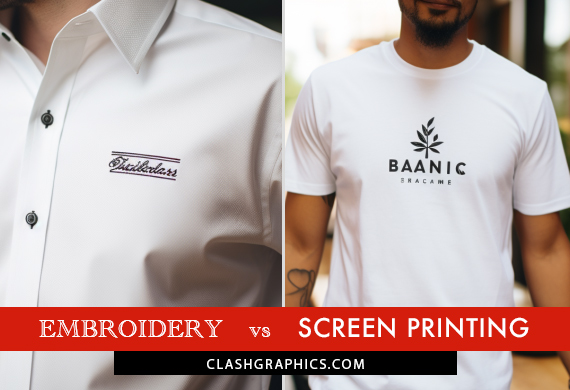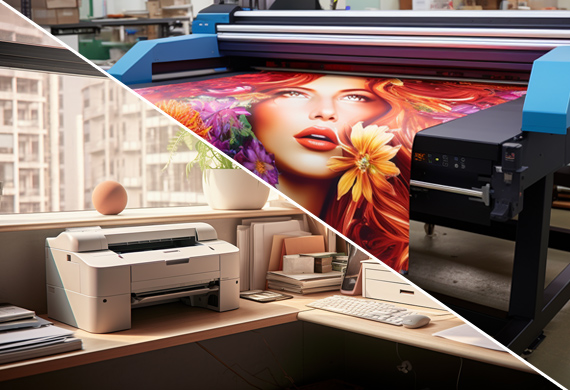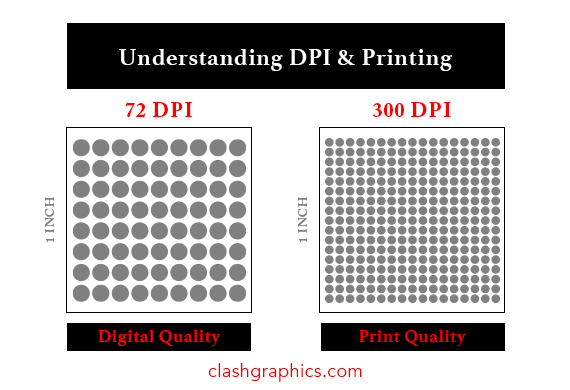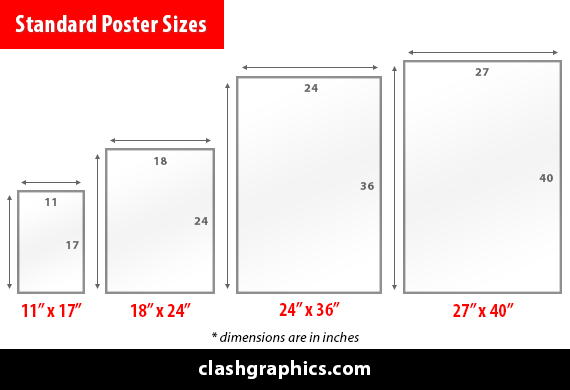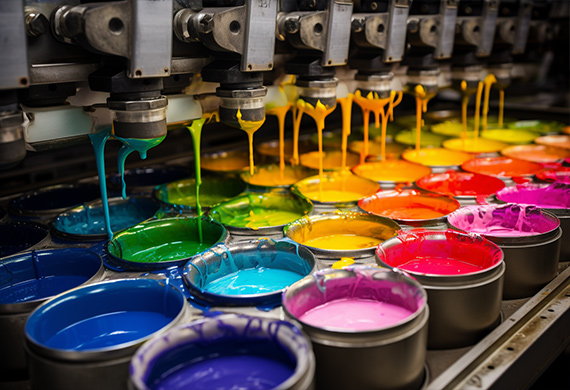7 Essential Graphic Design Tools and Programs
Posted by Clash Graphics on 16th Feb 2023
Need help determining which tools you will need as a graphic designer? Knowing which tools to invest your resources and time will help you produce stunning graphic work for your projects and clients. clashgraphics.com gathered information on seven…
read more
